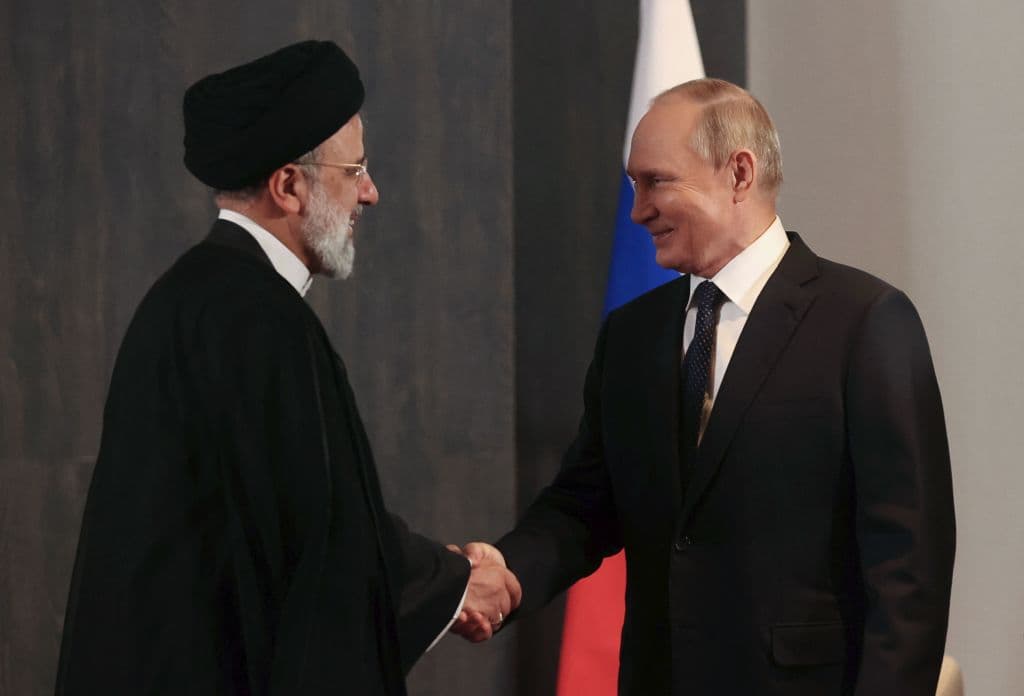Washington Post: Iran plans to send ballistic missiles, drones to Russia

The Washington Post reported, citing unnamed U.S. and allied security officials, that Iran is preparing the first shipment of Fateh-110 and Zolfaghar missiles for Russia.
Fateh-110 and Zolfaghar are Iranian short-range ballistic missiles capable of striking targets at distances of 300 and 700 kilometers, respectively.
Earlier on Oct. 11, President Volodymyr Zelensky said that Russia ordered 2,400 kamikaze Shahed-136 drones from Iran for its war in Ukraine. At least hundreds of them have already been delivered, according to Ukraine's intelligence. Ukraine's military reports downing Iranian-made drones on a daily basis.
The U.S. imposed sanctions on four Iranian companies and one individual for the development and shipment of Iranian drones to Russia. According to Reuters, the European Union ministers will also consider sanctions on Iran for providing Russia with drones.
Iran denied supplying the weapons to Russia.
Russia has increased the use of drones to save up on high-precision missiles, according to Yurii Ihnat, spokesman of Ukraine's Air Force.
According to the U.K. Defense Ministry's Oct. 16 intelligence report, Russia is probably incapable of producing advanced munitions at the rate they are being expended.
Russia's massive attacks on Ukraine such as on Oct. 10 "represent a further degradation of Russia's long-range missile stocks, which is likely to constrain their ability to strike the volume of targets they desire in future."
Russia launched 24 drones and 84 cruise missiles over Ukraine on Oct. 10 in the largest coordinated attack since the start of the full-scale invasion, according to Ukraine’s Defense Ministry.
According to Oleksii Reznikov, the defense minister, 1,235 out of 1,844 Iskander, Kalibr, and air-launched cruise missiles have been used by Russian forces since Feb. 24.










